Emerging formats, mobile device & 1P data give fillip to programmatic ecosystem in India
Programmatic buying has graduated from being an experimental technology to a must have in a marketers’ toolkit. Programmatic buys are now happening across channels and ad formats, where it was once restricted to display ads. The mobile device has also added a new dimension to programmatic buying. To understand the trends in programmatic buying, Adgully organised a panel discussion at DIGIXX 2021 on April 9 to understand ‘How to optimise for better programmatic outcomes?’
Joining the discussion were experts like:
Suraj Nambiar, Managing Partner and Head of Media, Tonic Worldwide (Moderator)
Alakshit Tripathi, Industry Head - Consumer Packaged Goods, InMobi
Altamash Khan, DGM - Digital Marketing, Homecare, Godrej Consumer Products
Manish Dubey, CMO, ICICI Prudential Life Insurance
Om Jha, Associate Director - Media, PepsiCo
Priyanka Gandhi, Associate Director & Head - Integrated Marketing Communication & Ecommerce, Colgate-Palmolive India
Shashishekhar Mukherjee, Head - Digital Marketing, Reckitt
The evolution story of programmatic began in the US as far back as 2007 and earlier. As brands spent money on programmatic, the technology became more evolved. India is at that stage in its programmatic evolution where the US was a decade ago. The moderator began the session by understanding where each category was in its programmatic journey.
Godrej’s Altamash Khan said, “We were experimenting with programmatic as a way to bring multiple aspect of the various media mix together on one platform. The challenge has always been to bring a holistic view of all the buying and whether it can be streamlined. Moving from a display heavy medium to video and other formats has been one of the biggest enhancements for programmatic that have helped it grow.”
“BFSI has a positional advantage because we can see the customer from end to end” remarked ICICI Prudential Life’s Manish Dubey. “This has allowed us to play with data and move forward with developments in the programmatic world a bit more.”
Colgate Palmolive India’s Priyanka Gandhi sees programmatic playing a key role in two areas. “It helps us measure outcomes across awareness, consideration and purchase importantly on CNP (card not present), whereas traditionally TV has focused more on driving reach and awareness,” she said.
Adding further, Gandhi said, “If you look at our category, our portfolio is a mix of mainstream brands that have a massive reach and consumption and niche brands that have targeted benefits. Programmatic is allowing us to communicate and build on those targeted benefits and build the niche brands in a much sharper way.”
Reckitt’s Shashishekhar Mukherjee noted, “While doing market penetration exercises, you need to ensure that reach is maximised. Until YouTube was the only player that existed in digital video things were pretty sorted, but once the OTTs (Over-the-Top) started coming into the picture, it was very difficult to manage sequencing at a base level. That is when we began looking at programmatic video and building a full funnel approach. Since then, it has been about maximising our programmatic buys and minimising our direct buys.”
A lack of understanding of programmatic technology has led to slow adoption in the Indian market. Marketers discuss why programmatic has a role to play in their media buying.
InMobi’s Alakshit Tripathi observed, “The programmatic ecosystem is complex, where there is a publisher, Supply Side Platform (SSP), ad exchange (a digital marketplace that enables advertisers and publishers to buy and sell advertising space), Demand Side Platform (DSP), but there is also a transparency where you can see the full stack and the partners that are playing a role in tracking. Once you know the moving parts, you know what needs to be fixed.”
Dubey added here, “Media has got fragmented and we were worried about the increasing number of channels. Supply in terms of X media has become 100X with so many websites, apps and digital destinations. The audience definition which used to be SEC A, B, C has today become n=1, which means each and every person is an individual audience. How do you handle such complexity? It requires a sophisticated engine.”
According to Khan, “Programmatic helps us define the audience much better. It gives us an opportunity to do a precise segmentation of audiences and then build the right communications strategy and approach for each set of audiences. If you define the key performance indicator (KPI) of driving website visits, sales purchase, or viewing a video to a certain completion rate and let the algorithm in the backend do the optimisation, then it helps make digital marketing precise. That’s where backend complexity makes the life of the advertiser easier.”
To be sure, programmatic is just a technology for media buying. How it fits into the marketers’ strategy is something each category has to figure on their own.
Gandhi said, “For awareness you would look at reach and frequency and leverage multiple platforms to deliver that. For consideration or purchase funnel you need to optimise for different KPIs. We are becoming outcome based in the mid and bottom funnel and that’s the shift programmatic is enabling us to make. At a basic level, it helps us get the right message to the right audience at the right time. This was something we always wanted to do, but there was never a solution.”
Mukherjee remarked, “The programmatic strategy is based on the consumer journey we have seen. When we started programmatic in 2017, it was primarily for unified reach and frequency. Now we have signals coming from our D2C (Direct-to-Consumer) store like cart abandonment rates. I have a customer relationship management (CRM) program and First Party Data on my own customers. We can use these signals to figure out the consideration phase as well as the purchase funnel. Different products will throw up different consumer journeys, so this is an iterative process where the framework will keep getting better. Testing and learning is the way forward.”
Smartphone devices have evolved the programmatic advertising business. Marketers explain why smartphones are a game changer for programmatic.
Tripathi said, “Mobile is a slightly advanced piece of technology and the way programmatic advertising works on mobile has changed. In a desktop-based-world, we used to track the consumer journey using cookies. Now, we have moved away from that approach and rely instead on device IDs.”
He further said, “The ownership of device IDs can be at multiple places unlike the cookie world. The advertiser has access to this entire pool of device IDs and can track them across different segments. Device IDs remain a unique point of contact for the user from where the entire journey begins. Earlier, you would spend money targeting the same user because you have a profile based on data. With mobile devices, you can make a distinction because that hyper-personalisation is there. Other media are shared but mobile device is personal and that makes all the difference.”
Adding further, Khan noted, “The user had multiple identifiers in the Cookie world and these signals are now becoming unified thanks to mobile. Since we know mobile advertising can bring scale, this has also changed the creative approach of the advertiser. Marketers now try to reach audiences with messaging that is apt for the screen on which they are viewing it.”
“Recalling Moore’s Law, where “Moore’s Law is the observation that the number of transistors in a dense integrated circuit doubles about every two years,” PepsiCo’s Om Jha noted that this was what made digital interesting in the overall marketing.
He added, “On digital, view-ability was a huge debate between the advertiser, agency and publisher. A lot of credit foes to mobile programmatic where most of the inventory is served in an app environment which is a controlled environment. Even the publisher has more control. So, problems that used to plague programmatic are being solved on the mobile.”
Adding further, he said, “Whether offline or online, data is an extremely powerful weapon. The challenge for FMCG, unlike BFSI, is that consumers are extremely reserved when it comes to sharing their data. When it comes to media, we’ve been trying to build First Party Data not just personal identifiable information (PII). The law of the land looks more favorably towards first party data versus PII. This data has to be fed into the programmatic setup where it would create new use cases. We all want to build incremental reach and not to show the same ad to the consumer of the nth time.”
“With OTTs claiming to have anywhere between 25 million and 100 million audiences, how do you try and make sure that you are not catering to duplicated audiences across platforms? That’s where data can help you target them on a one to one basis. Nobody is willing to partner with their data and it is a journey every organization has to embark upon on their own,” he concluded.




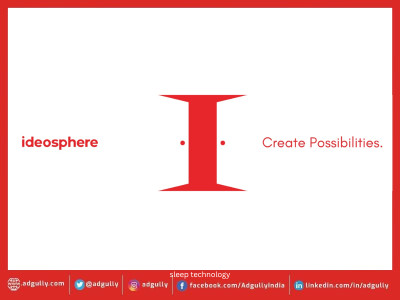
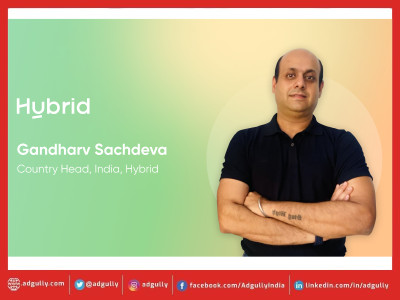

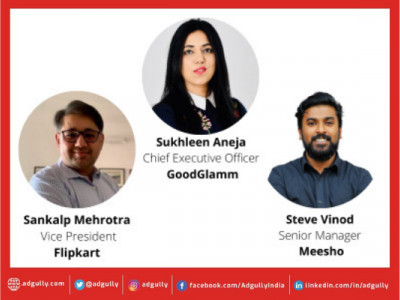

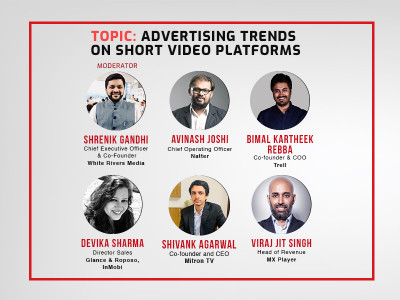
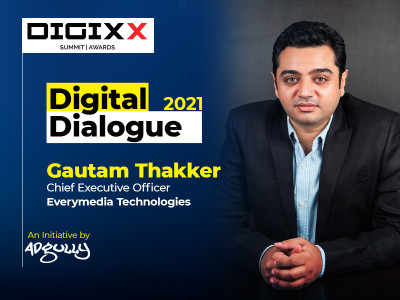
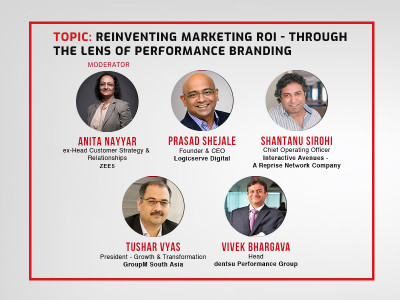
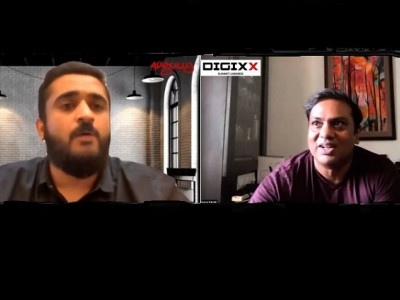
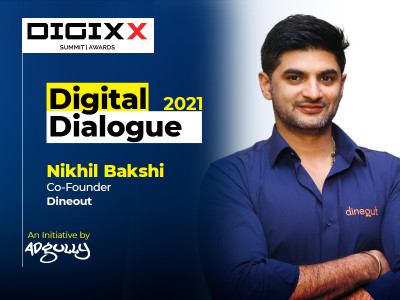
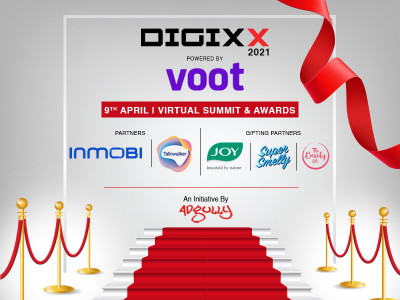
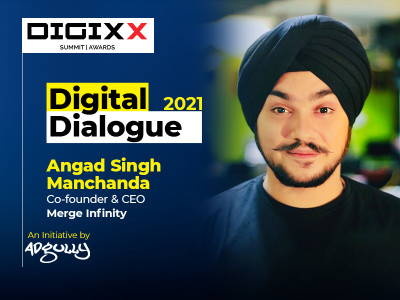


Share
Facebook
YouTube
Tweet
Twitter
LinkedIn